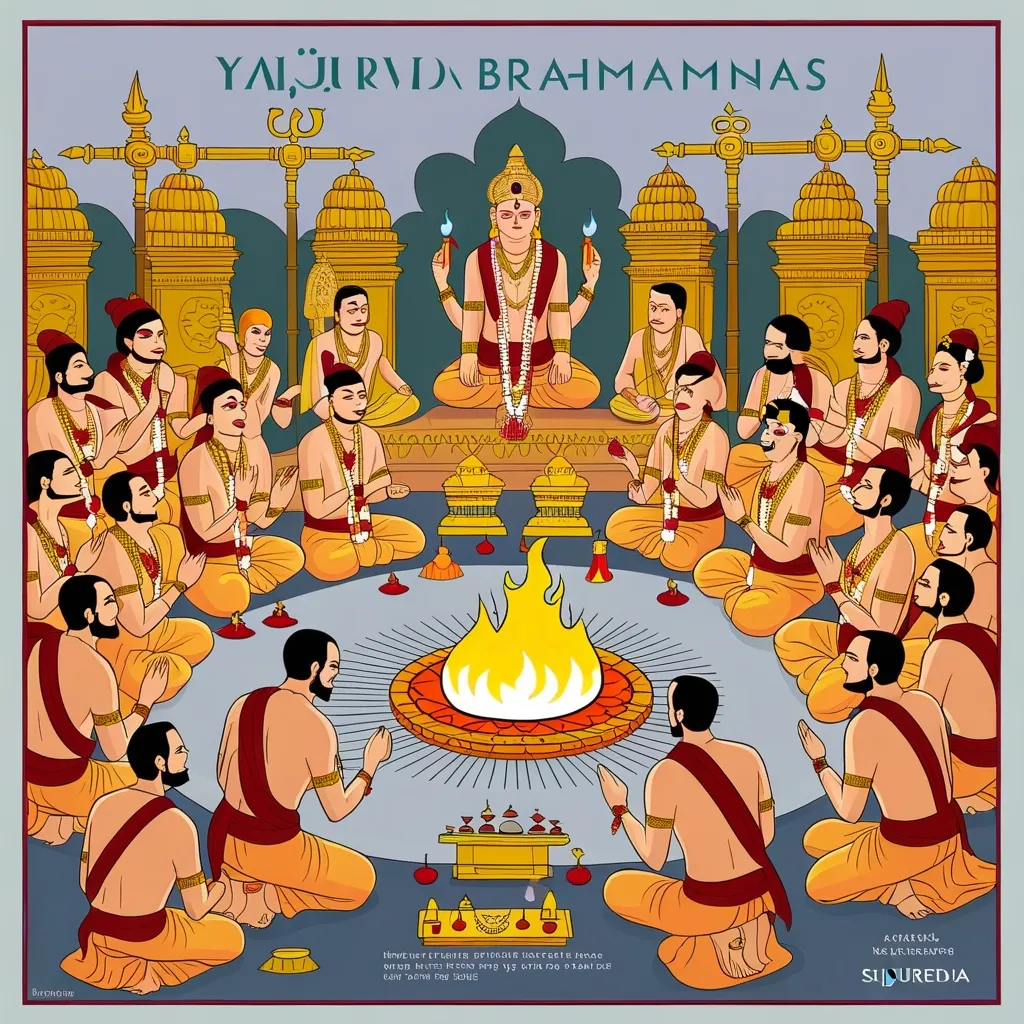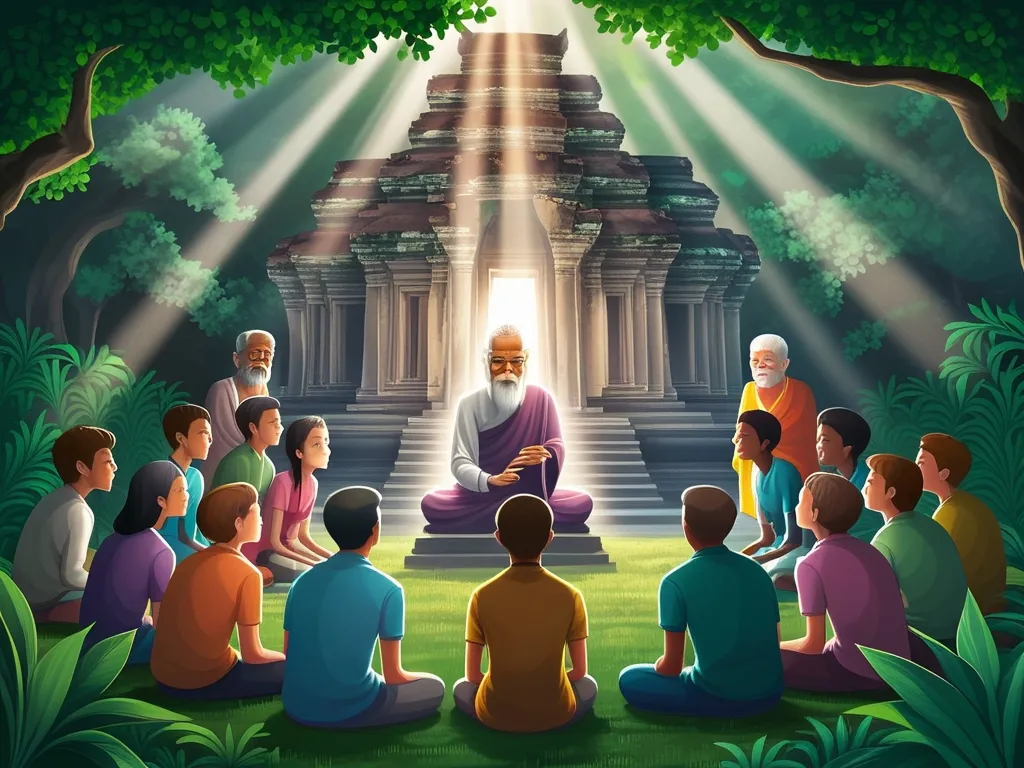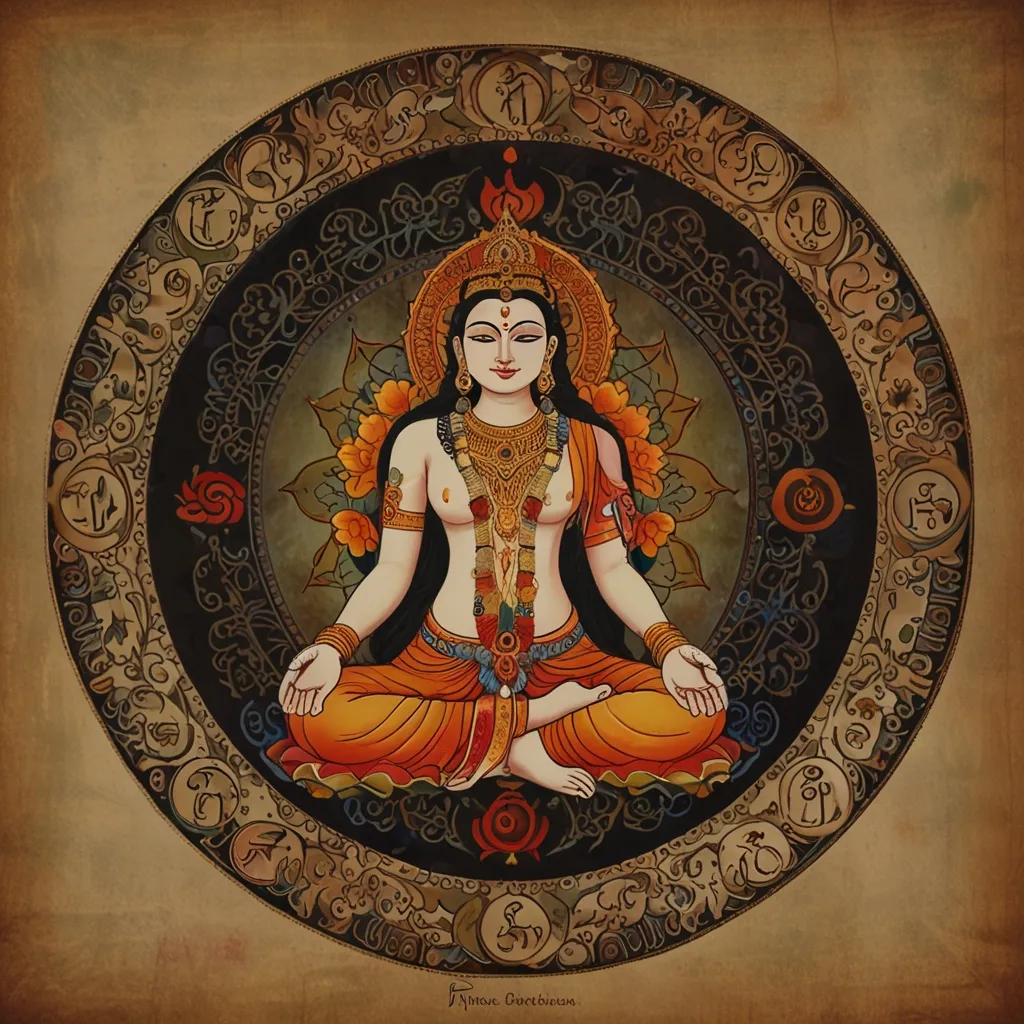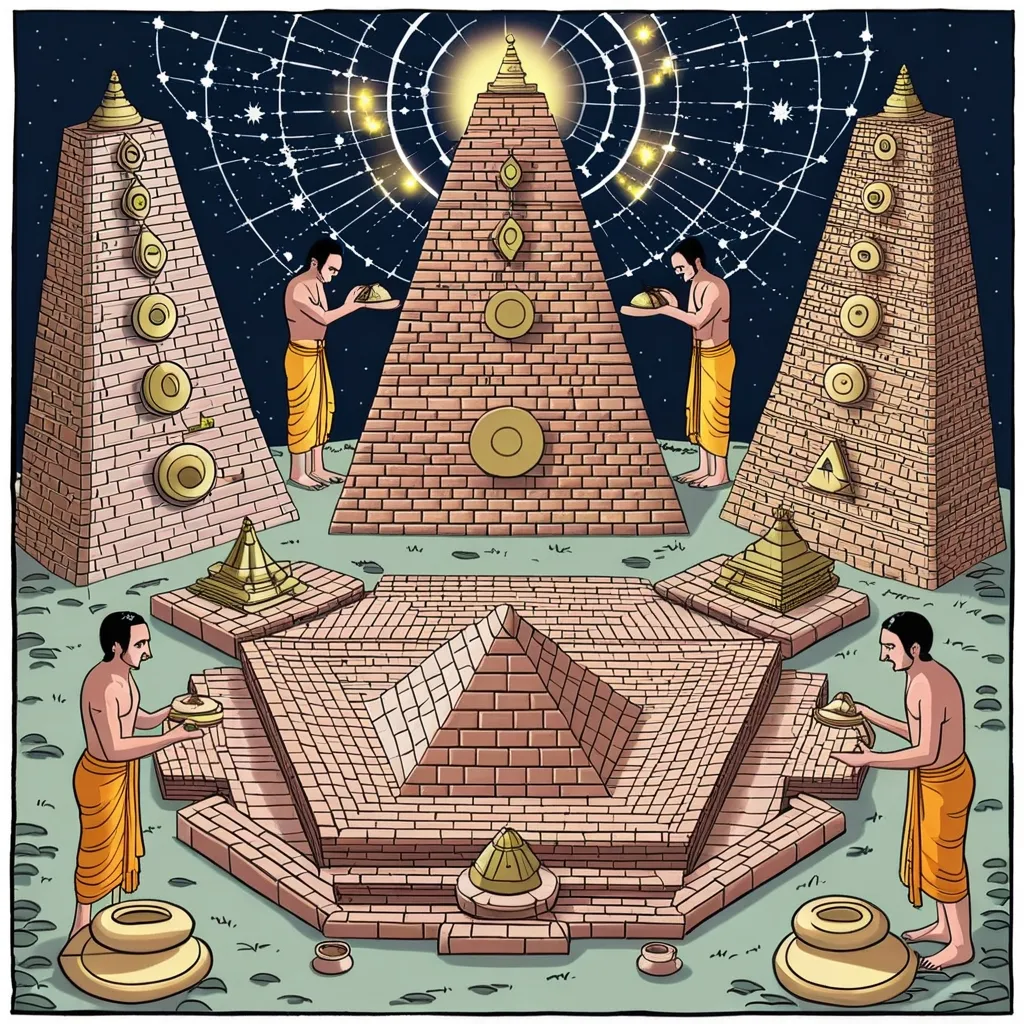Diving into the heart of Hindu scriptures, the Yajurveda and its accompanying Brahmanas shine brightly when it comes to grasping the essence of ritualistic practices and their profound spiritual meanings. The Yajurveda, one of the revered four Vedas, is essentially a collection of ritual-offering chants that priests recited during various sacrificial rituals. But these rituals were far from being just mechanical actions—they carried deep spiritual and cosmological weight.
The term “Yajurveda” itself is a combo of two Sanskrit words: yajus meaning “worship” or “sacrifice,” and veda meaning “knowledge.” It’s like a manual packed with prose mantras used in worship rituals, especially those involving the sacred fire, or yajna. These mantras weren’t just words; they had profound actions tied to them, with priests chanting them while performing specific ritual tasks. The interplay of spoken and physical actions in these rituals highlighted their serious nature.
Now, let’s talk Brahmanas. These are prose commentaries that go hand-in-hand with the Vedas, including our friend, the Yajurveda. Essentially, they are the detailed how-to guides for priests, explaining the rituals and their significance. Brahmanas are split into two main chunks: Vidhi, which is all about the commands for the Vedic sacrifices, and Arthavada, which praises the rituals and glorifies the deities. Think of them as both the instruction manual and the feel-good book of ritual appreciation.
Among the Brahmanas, the Śatapatha Brāhmaṇa and the Taittiriya Brāhmaṇa are standout stars. They dive deep into the nitty-gritty of rituals, laying out procedures, mantras, and philosophical meanings behind them. These texts don’t just tell priests what to do; they answer the why’s, offering a peek into the spiritual and cosmological ideas at play.
The rituals documented in these Brahmanas are more than mere superficial acts. They are loaded with symbolism and tethered to cosmic principles and profound truths. For example, the Śatapatha Brāhmaṇa posits that rituals are a must-do for humans, seeing them as a means to settle their divine debts. The text portrays sacrifices as a cosmic transaction, a bridge to connect humans with the divine, securing favor from the gods through offerings.
Every ritual, then, is a meticulously choreographed performance. Everything from constructing altars, prepping offerings, to reciting mantras is drenched in sacred meaning. Take the Taittiriya Samhita as an example; it offers verses for the Agnicayana ritual, where the mind is harnessed, and various deities are invoked, ensuring the ritual’s success. Pretty intricate, isn’t it?
The Brahmanas spill a lot of ink on the symbolic meanings behind ritual elements too. They take the external acts of the ritual and draw lines back to inner spiritual revelations, effectively tying the material and the metaphysical together. These rituals aren’t just physical acts; they’re deeply philosophical. The Śatapatha Brāhmaṇa even uses the metaphor of a boat journey for rituals, with priests as sailors guiding the sacrificer to their spiritual destination.
Historically speaking, the Yajurveda Brahmanas hail from around 900 to 700 BCE, a time when gathering sacred hymns into Samhitas was a big deal. These texts compile the accumulated teachings on rituals, flavored with myth and legend. They are the oldest surviving sources on Indian sacrificial ritual practices, preserving a treasure trove of ancient Vedic wisdom.
Despite their age, the Yajurveda Brahmanas still resonate in today’s Hindu religious and cultural practices. Their core principles of precision, symbolism, and interconnectedness still hold water. These texts open a window to ancient Vedic spirituality, showcasing the meticulous care and deep thought that went into rituals, providing a legacy that lives on.
On a practical note, the Yajurveda Brahmanas are brimming with details on how to perform Vedic sacrifices. The Śatapatha Brāhmaṇa outlines rituals like the daily agnihotra (fire offerings) performed morning and evening, the setting up of the sacrificial fire (agnyadhana), and new and full moon rites. These rituals aren’t just for special occasions; they’re woven into the daily and seasonal fabric of spiritual life, highlighting the ongoing nature of spiritual practice.
Mistakes during these rituals were no small thing. The Brahmanas delve into the gravity of performing rituals accurately and detail the atonements for mistakes or bad omens. This underscores the weighty belief in the rituals’ effectiveness in maintaining cosmic balance.
While rituals are the Brahmanas’ main act, they’re peppered with philosophical asides too. They hint at a woven connection between the material and the metaphysical, suggesting that the acts of the ritual reflect deeper spiritual truths. For instance, the Isha Upanishad, tagged onto the Śatapatha Brāhmaṇa, talks about the inner Self (Atman, Soul), driving home the unity of all existence and the ultimate goal of spiritual realization.
In wrapping up, the Yajurveda and its Brahmanas aren’t just dusty old texts. They’re keys to unlocking the ancient interplay between rituals and spiritual understanding in ancient India. Through meticulous steps, symbolic meanings, and philosophical nuggets, these texts reveal a deep bond between the physical and metaphysical. They are a testament to the devotion and thoughtful practices of the Vedic tradition, leaving a rich legacy that still influences Hinduism today.






